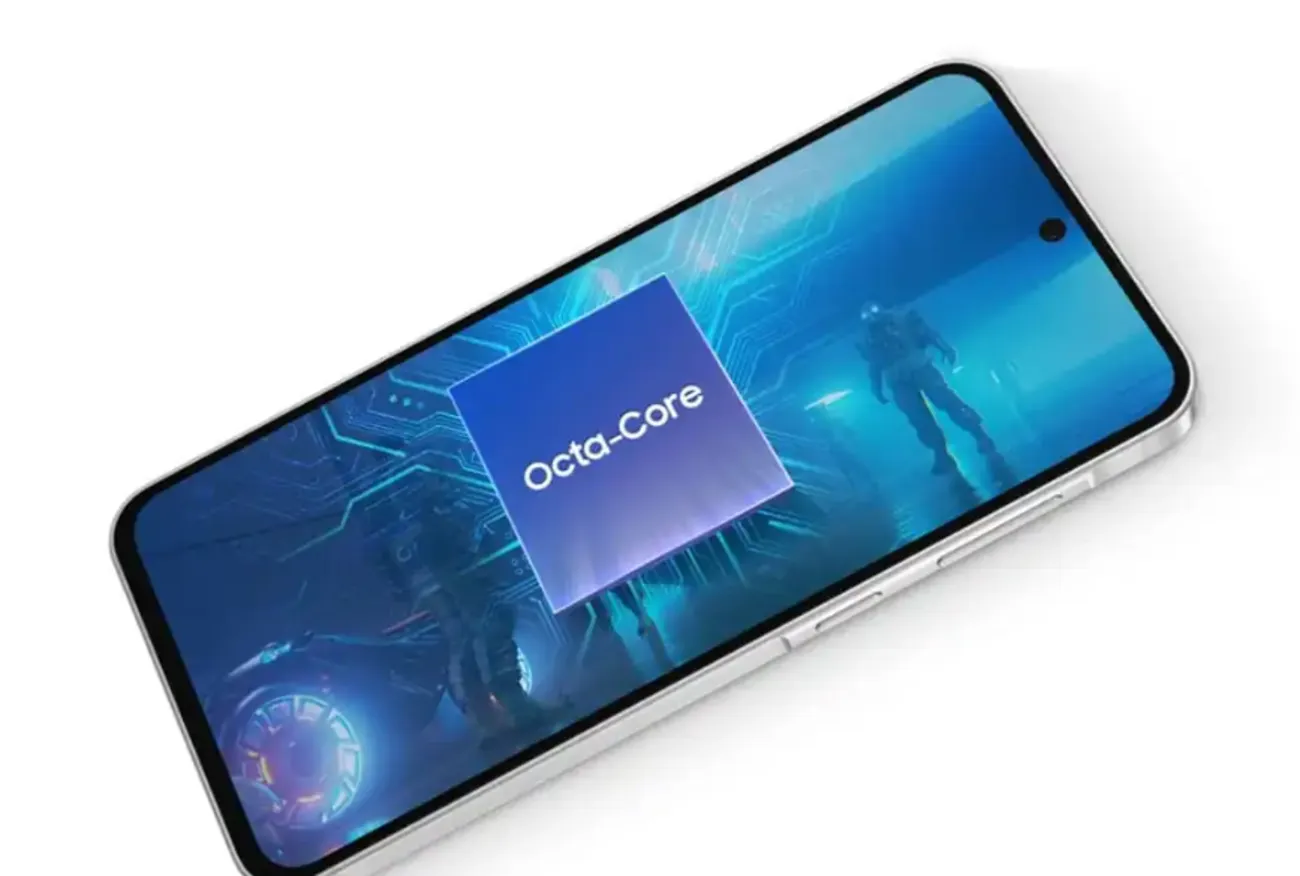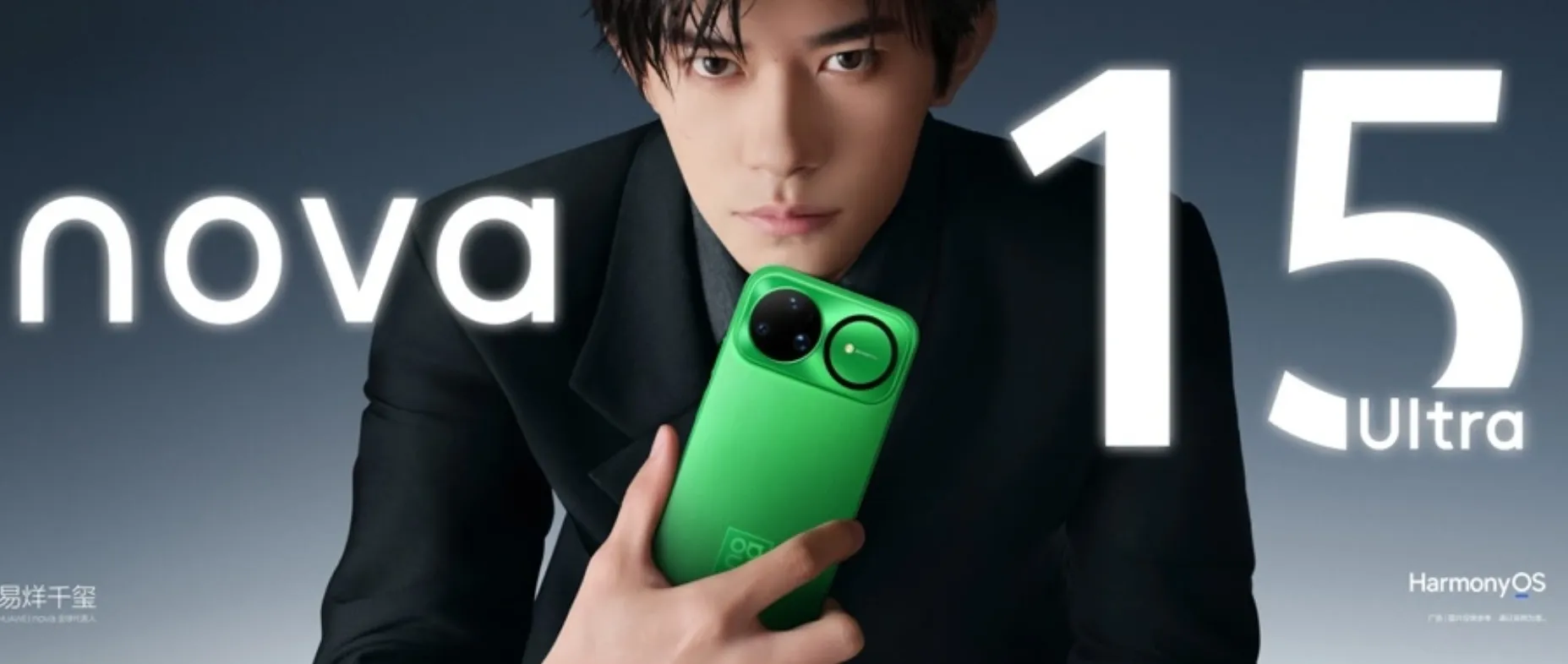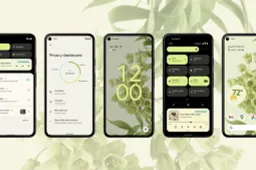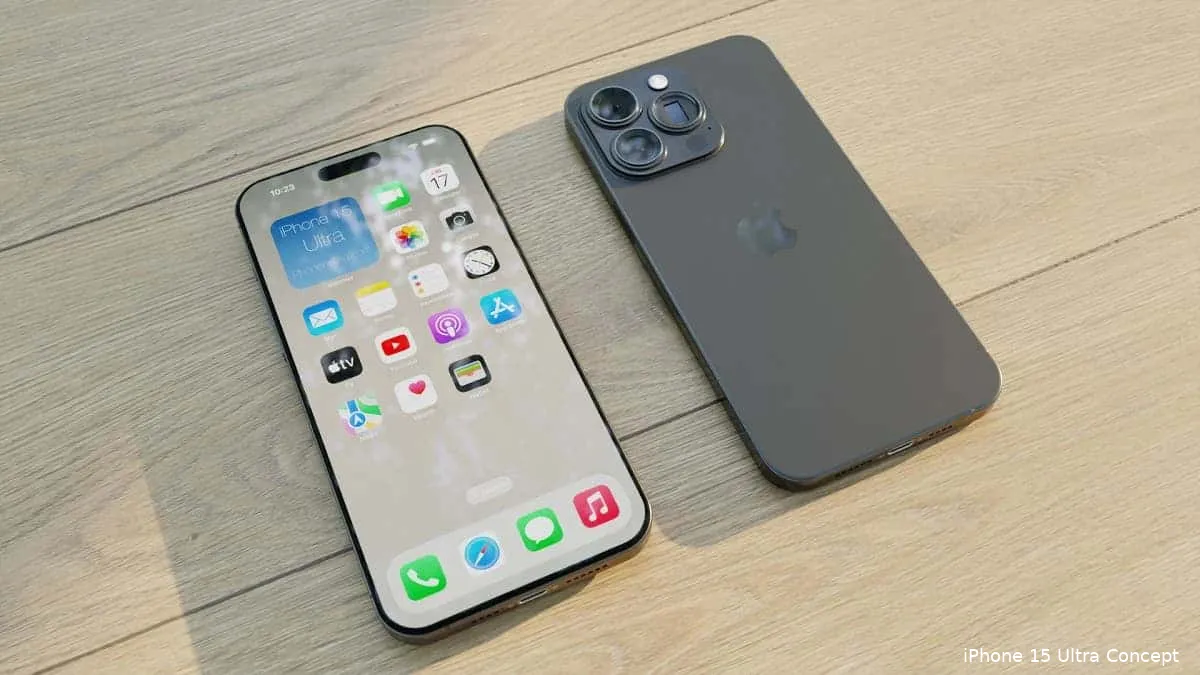
After a new EU law that says all mobile devices must use a single charging port, Apple is now forced to ditch its long - standing Lightning port. Although this law will take effect for all devices launched in 2024, Apple is not taking any chance. There are strong indications that the company will use the USB Type-C port in the iPhone 15 series. Initially, there were reports that Apple will use the USB Type-C port with a tweak. The report claims that Apple will include MFi restrictions. However, a new report now reveals that Apple will not use MFi restrictions on the iPhone 15 series. This means that users can charge and transfer data to the iPhone 15 series without using an MFi data cable.
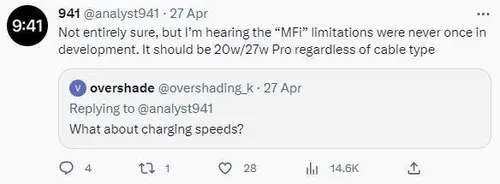
Previous report claims that Apple is working on a Lightning and Type-C interface IC. This may be used in the iPhone 15 models. However, the USB Type-C interface currently used by Apple does not have a mandatory MFi cert. It is not clear whether Apple will make changes to the old devices in the future.
As we all know, Apple has always used the Lightning interface, but with the growth of charging tech, Apple is slowly replacing this tech. At present, many devices have transitioned to the Type-C interface, such as the MacBook, iPad series and Studio Display. However, Apple is yet to use this charging port for any iPhone.
MFi brings huge profits to Apple
At the moment, Apple's official data cables are very expensive. In China, its data cable costs as much as 149 yuan (about $22). This is about ten times which the average data cable cost in the market. Since Apple no longer include the charger in the box, the company has been raking in huge profits. The point is that Apple's data cables are notoriously easy to break, and they will be damaged if they are not used properly. So users can only choose to buy original data cables on the official website or use third - party Lightning data cables.

Img Src: Macrumors
If third - party brands want to make the Lightning data cables, they must get the official MFi cert. Apple will then implant its chip on the device. With this service, Apple can earn more than one billion US dollars in additional revenue every year. That is to say, MFi has brought huge benefits to Apple both in terms of exclusivity and economics. It is almost what Apple will do to continue to use this limitation in the USB Type-C era.
However, it was also reported that Apple's approach may violate EU laws. The documents from the new EU law partly read ... "The maximum power should indicate the sum of the power required for the radio equipment to maintain operation and the power required to achieve the maximum charging speed". The EU therefore says that mobile phones and similar radio devices if they can be charged by wired charging, should be equipped with a USB Type-C Receptacle converter. Also, if they also need to be charged at a voltage, current or power above 5 volts or above 3 amps or above 15 watts, the USB Power Delivery charging communication protocol should be used.
EU may hinder Apple from using MFi cert on the iPhone 15 series
In addition, the EU said as early as last year: "The harmonization of fast charging technology will help prevent unreasonable restrictions on charging speeds by different manufacturers and help to ensure that any charger compatible with the device has the same charging speed.”
Thus, if Apple uses MFi cert, it defeats the purpose of the EU and the Union will not allow it. Perhaps affected by this, in the end, Apple chose not to add MFi cert to the iPhone 15 series.
In addition, reports also show that the iPhone 15 series will still support 20W and 27W charging. This means that the charging power has not been increased after switching to the USB Type-C interface. This is actually not unexpected. After all, fast charging techhas been born for many years, and Apple has not followed it up. The company only slowly raised its charging speed to 27W.
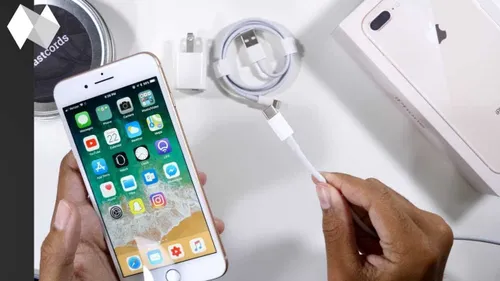
It can be said that it was limited by the Lighting interface before, but now it seems more like Apple's conservative strategy. After all, the audience of the iPhone series is too wide. Although the fast charging tech has an excellent experience, it still has some negative effects. Therefore, we can understand why Apple chooses to satisfy users at the sweet spot of charging power.
Final Words
The USB-C port is expected to enable faster charging speeds for the iPhone 15. But at the moment, we can not tell the path that Apple will choose to take. It is unclear whether the USB-C port will be limited to USB 2.0 speeds, the same as Lightning, or if it will support faster data transfer speeds. While there is no official confirmation from Apple yet, it is expected that the company will comply with European rules mandating that new phones all use the same common USB-C charging port.
Apple has been compelled to make a USB-C-compatible iPhone by the EU, and the company has reportedly tested iPhone models with USB-C. Apple executives have said that the company plans to comply with European rules mandating that new phones all use the same common USB-C charging port. It is unclear whether the iPhone 15 will come with a USB-C charger or if it will be sold separately.
Loading

